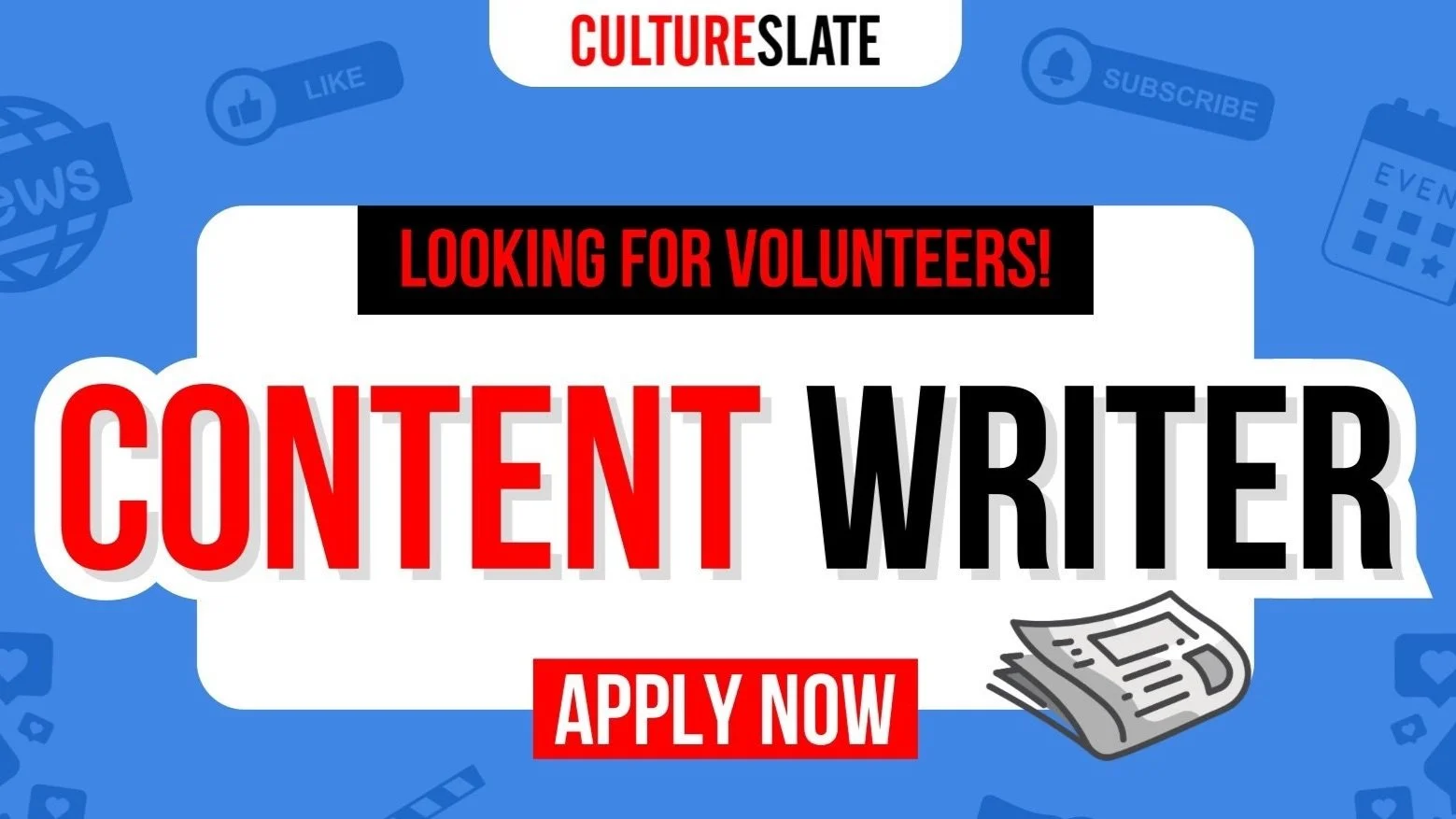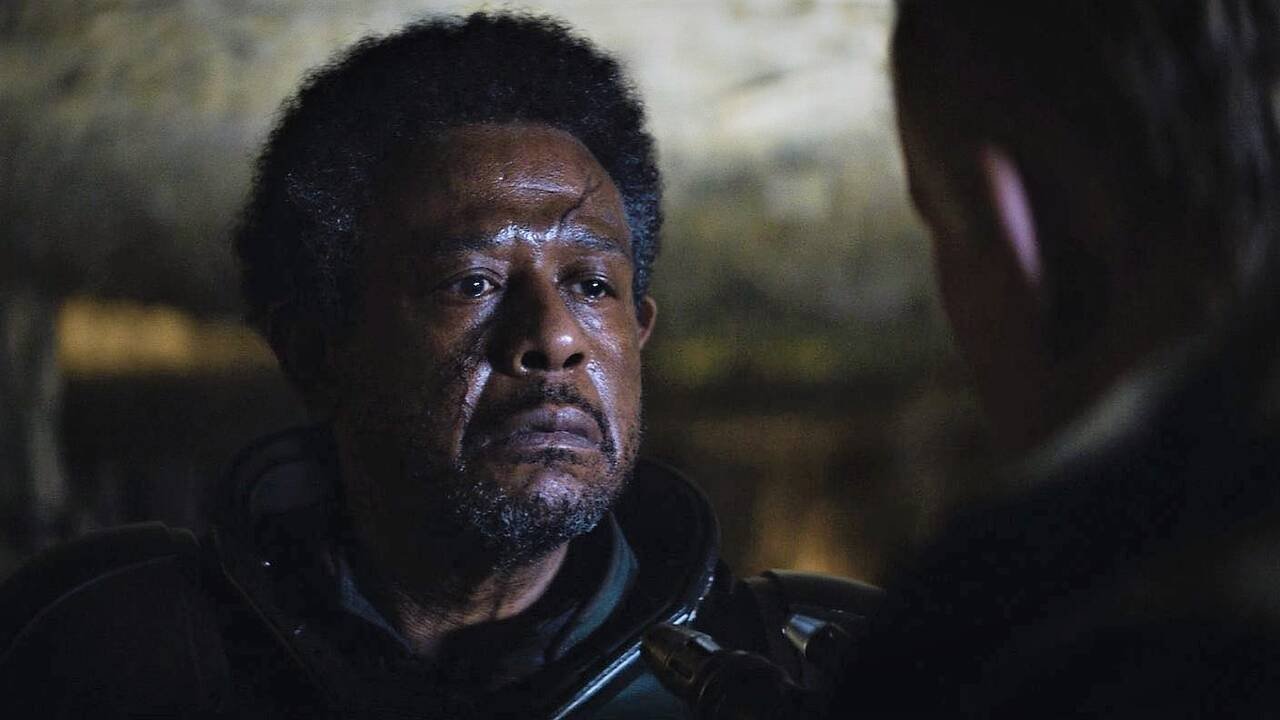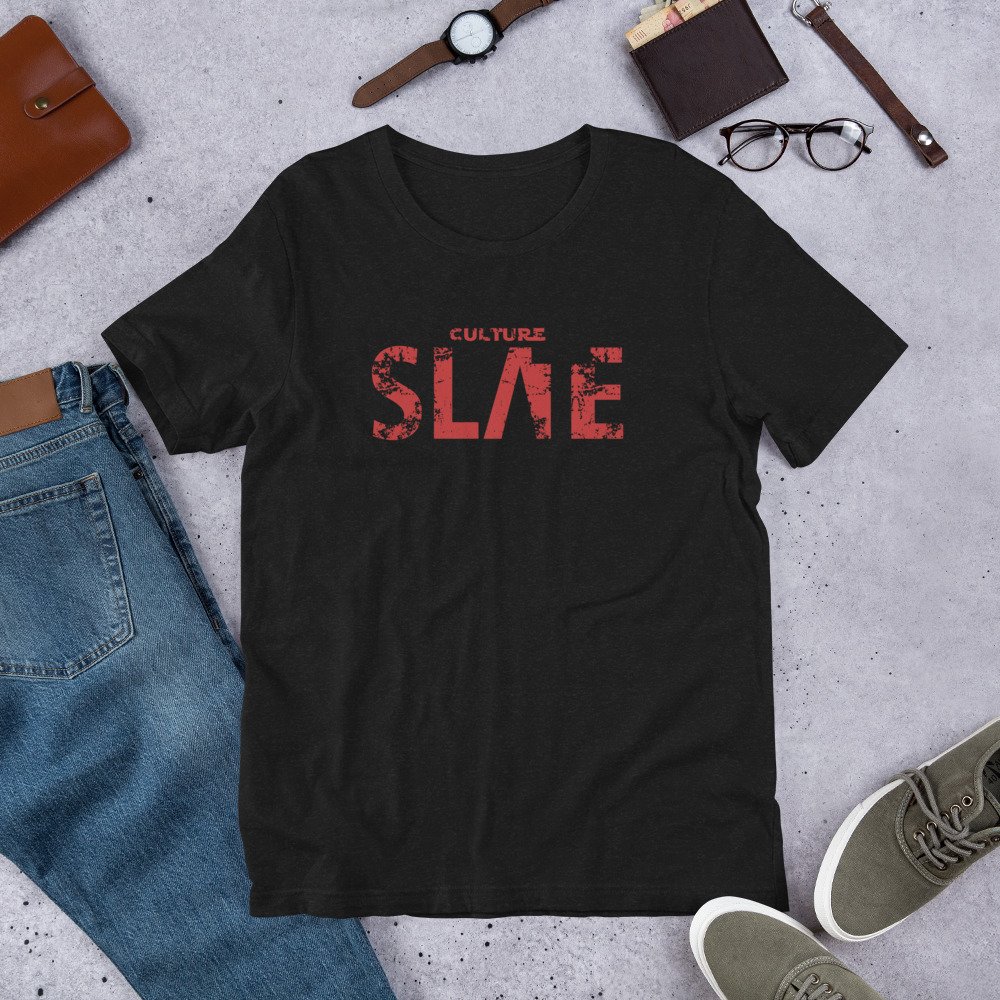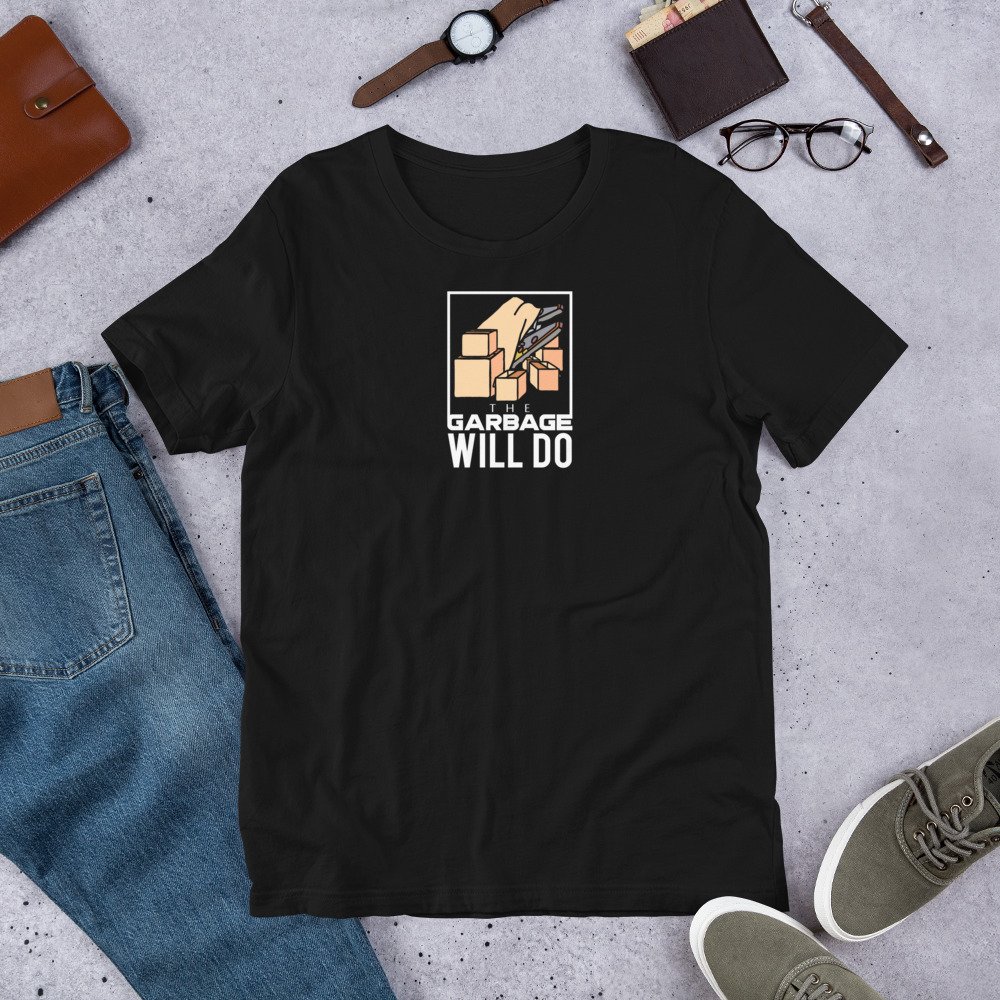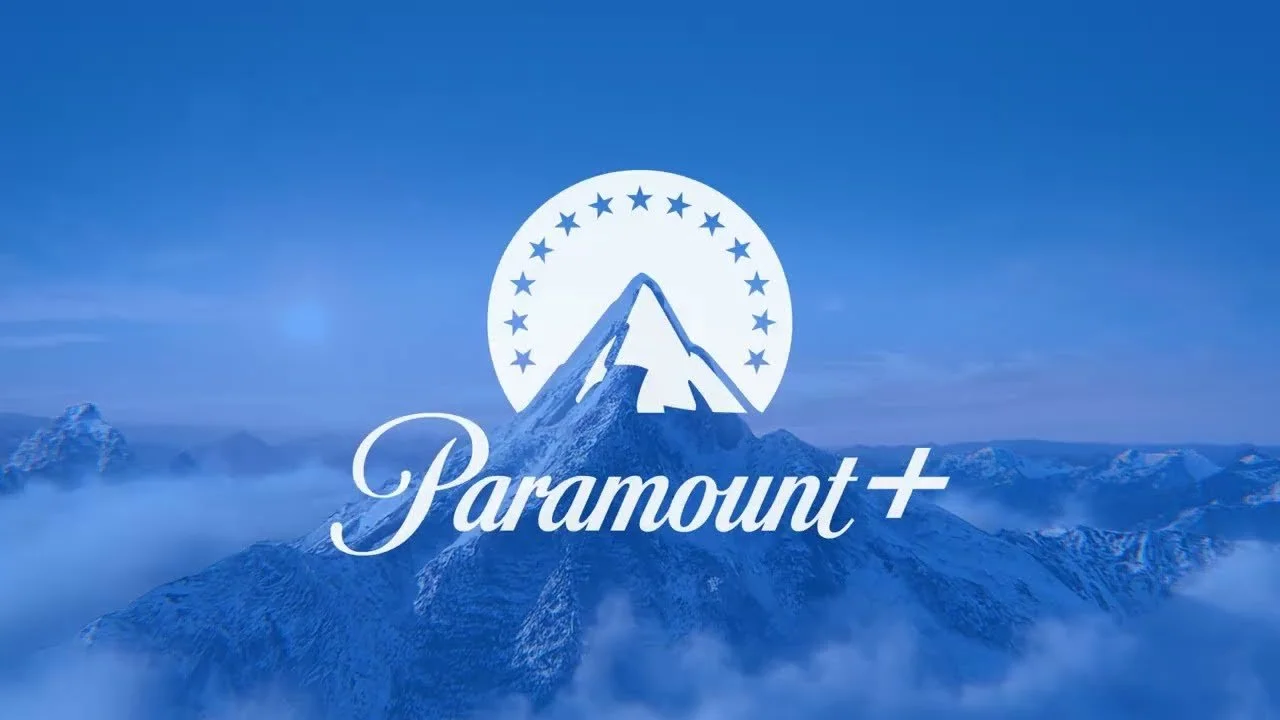Hayao Miazaki's Reaction To AI Reinvigorates Fight Against AI Art
Image Source: Wallpapers Den
A recent development in ChatGPT AI technology involving generating images that mimic the art style of celebrated Japanese animator Hayao Miyazaki has reignited a firestorm of controversy about the legal and ethical use of AI technology. The newest version of the popular ChatGPT AI tool allows people to feed their images and popular internet memes into the tool to transform them into Miyazaki’s Studio Ghibli-esque images, which people have begun sharing on the internet. While some people have been enchanted with the generated Ghibli-esque images, they have also generated significant controversy from several corners.
While Studio Ghibli has declined to comment directly on the recent use of ChatGPT to generate Miyazaki art-style images, the controversy has forced people to revisit Miyazaki’s own stated concerns and feelings about the use of AI in animation in 2016. Upon being shown an AI animation demo that year, Miyazaki stated that he was “utterly disgusted” about the display and that he would never incorporate it into his art. The display also led to a story that Miyazaki recounted at the time of a friend with a disability:
“Every morning, not in recent days, I see my friend who has a disability,” Miyazaki said. “It’s so hard for him just to do a high five; his arm with stiff muscle can’t reach out to my hand. Now, thinking of him, I can’t watch this stuff and find it interesting. Whoever creates this stuff has no idea what pain is.”
RELATED:
“I strongly feel that this is an insult to life itself,” he added.
Others have raised legal concerns about the use of the technology to generate these images. Josh Weigensberg of law firm Pryor Cashman questioned whether ChatGPT’s AI model was trained on Studio Ghibli’s work and if so, whether or not they have a license to do so, something that ChatGPT’s owner, Open AI, has so far not commented on.
Weigensberg said that there is a general principle “at the 30,000-foot view” that “style” is not copyrightable. But sometimes, he said, what people are actually thinking of when they say “style” could be “more specific, discernible, discrete elements of a work of art,” he said.
“A ‘Howl’s Moving Castle’ or ‘Spirited Away,’ you could freeze a frame in any of those films and point to specific things, and then look at the output of generative AI and see identical elements or substantially similar elements in that output,” he said. “Just stopping at, ‘Oh, well, style isn’t protectable under copyright law.’ That’s not necessarily the end of the inquiry.”
Some other artists have been even more vocal in their opposition to what is happening with what Open AI is doing with this new ability. Artist Karla Ortiz, who grew up on Miyazaki’s films and is currently involved in AI-related pending litigation involving copyright infringement, called this recent development “another clear example of how companies like OpenAI just do not care about the work of artists and the livelihoods of artists.”
“That’s using Ghibli’s branding, their name, their work, their reputation, to promote (OpenAI) products,” Ortiz said. “It’s an insult. It’s exploitation.”
The controversy has even extended all the way up to the White House, whose “X” account posted an image created by the tool of a Ghibli-style image of a weeping woman from the Dominican Republic recently arrested by U.S. immigration agents.
Insert X.com Post: https://twitter.com/WhiteHouse/status/1905332049021415862
Ortiz had even harsher words about the White House’s post:
“To see something so brilliant, as wonderful as Miyazaki’s work be butchered to generate something so foul,” Ortiz wrote on social media, adding that she hoped Studio Ghibli sues “the hell out of” OpenAI for this.”
READ NEXT:
Source(s): AP





